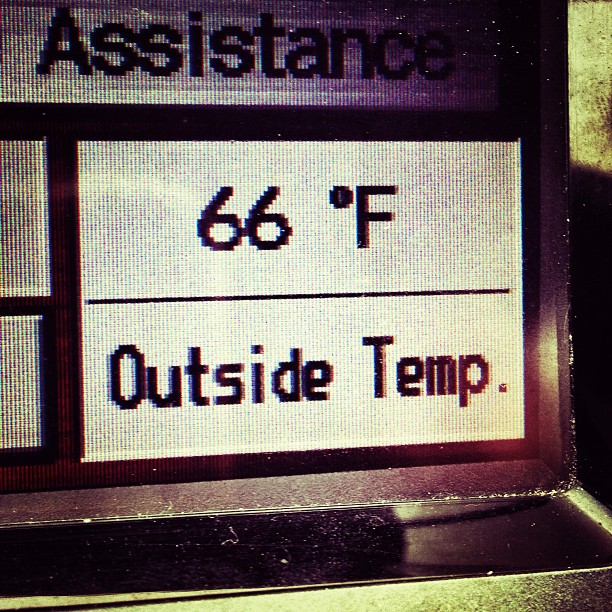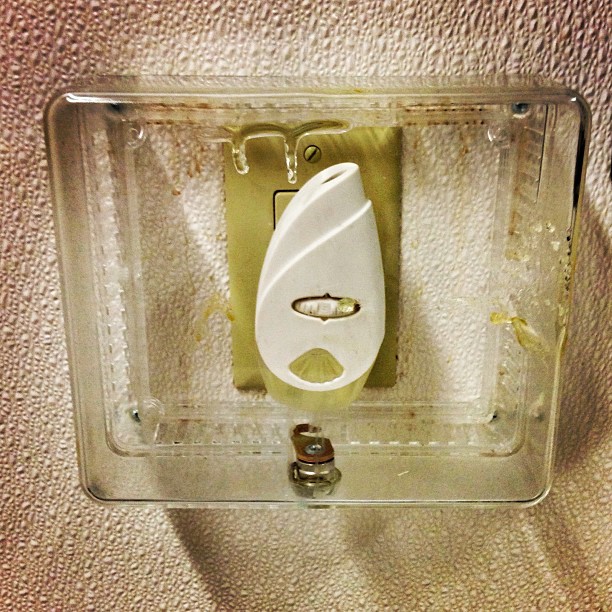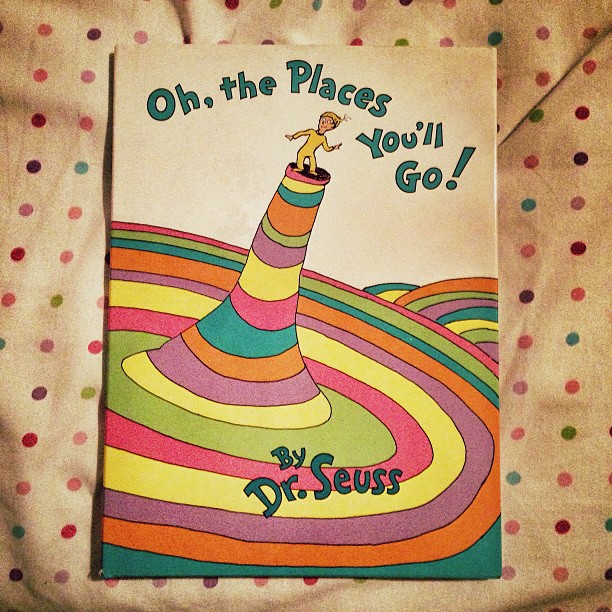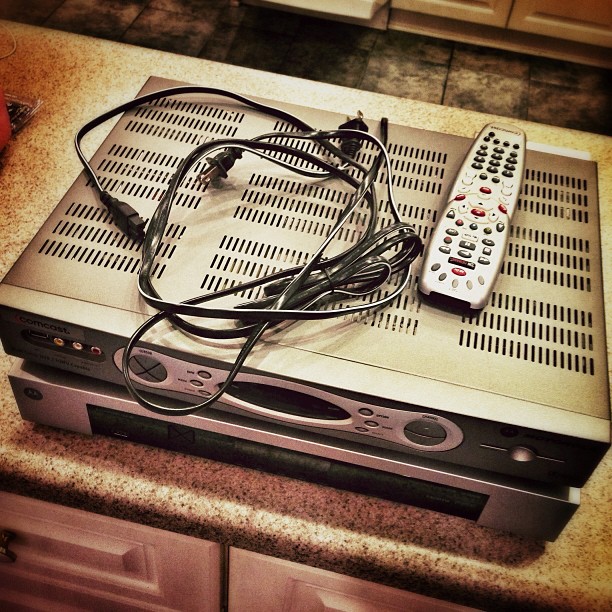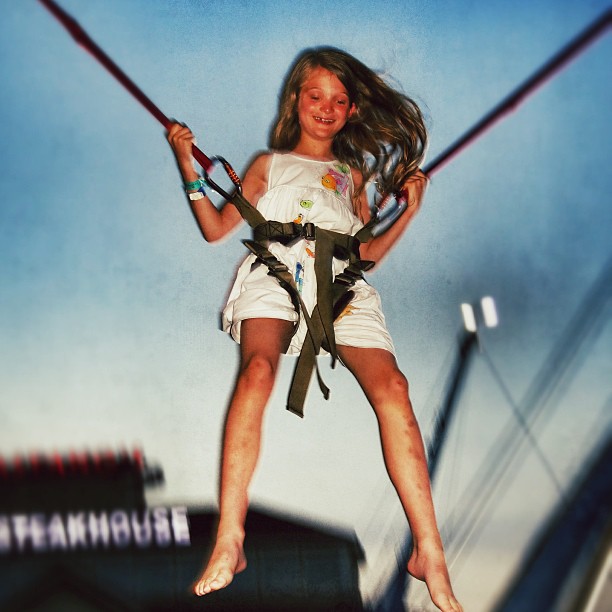Instagram filter used: Normal
For students in my Wednesday night class on Paul’s letter to the Ephesians: Handouts and Notes for Ephesians Chapter 2 :11-22 are now available online. Lord willing we will begin covering this text during class tomorrow night at 7pm at Bellevue Church of Christ!
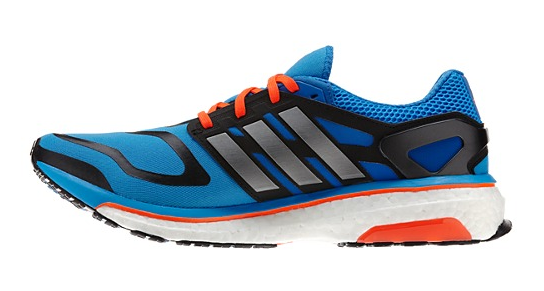
While I was on the bench from running, recovering from the stress reaction in my left femur, I made the decision to introduce a more cushioned shoe into my rotation to try and reduce the impact on my legs. My normal training and racing shoe for the past 2+ years has been the Saucony Kinvara, which I love, but I was worried that this was not providing enough protection, especially on runs greater than 10 miles. After doing a lot of research, and trying them out at Fleet Feet, I finally settled on the adidas Energy Boost.
Adidas has put a lot of marketing dollars behind this shoe, which has generated a lot of hype regarding their new mid-sole “Boost” material. Instead of using traditional EVA foam, their “Boost” technology utilizes TPU (Thermoplastic Polyurethane) that is comprised of 2,500 little plastic pebbles fused together with steam and pressure. Adidas claims this material provides “industry-leading energy return,” maximum cushioning, and increased durability that will not be compromised in extreme cold or hot conditions like EVA foam.
My first reaction was to think this was little more than a marketing gimmick, but many of the early reviews pushed me toward giving this shoe a shot. Runner’s World named it the “Best Debut” in their 2013 Spring Shoe Guide, and their shoe lab noted that the midsole had the most energy return of any shoe they had ever tested. They also rated the heel cushioning at 99 out of 100, and forefoot cushioning at 82 out of 100, yet the shoe still weighs less than 10 oz. Here is part of the report from their lab:
Adidas made lofty claims about the midsole material in its new Energy Boost shoe, including that it has “industry-leading energy return,” is resistant to temperature changes, and is more durable. But how did it fare when we put it to the test in the RW Shoe Lab? In terms of “energy return,” we can measure how much a shoe springs back–that is, how much of the energy put into the shoe on footstrike is returned on the rebound. Here, the Energy Boost truly is the industry leader: It performed better than any of the almost 800 other shoes we’d tested. Likewise, the claim about temperature resistance checked out. Typical EVA foam gets harder in cold weather and softer in hot conditions, affecting how much cushioning you experience. We tested the Energy Boost’s thermoplastic polyurethane against standard and lightweight EVA foams at 20°F and 120°F, and found it far less affected by the swings in temperature. Lab tests also indicate the foam appears to be more durable. With repetitive footstrikes, midsole material gets compacted as cell walls break down. Much of this happens early in the life of the shoe. Our tests indicated that the Energy Boost experienced half the loss of cushioning performance compared with other shoes with EVA midsoles, when mechanically loaded to simulate the first 10 miles of running.
Ultimately I coughed over the $150 to purchase the Energy Boost during the first week of my return to running program, and have put over 100 miles on this pair in the subsequent weeks. The following are my first impressions:
Fit
The fit of the upper is much more snug, stretchy, and sock-like than a traditional running shoe, and this has been a frequent point of discussion among the early adopters. I would highly recommend going at least 1/2 size up over your normal running shoe if giving the Energy Boost a try. For example, my dress shoe size is 9.5, my normal running shoe size is a 10, and I went with a 10.5 in the Energy Boost. During the first run in the Boost, I felt a little constricted in my right toes, but this subsided quickly. On all subsequent runs I found the snug fit to be extremely comfortable.
Cushioning / Ride
The cushioning of this shoe is absolutely off-the-chart, and this comes from someone who used to run in the Nike Vomero, which is like a marshmallow. What is even more amazing is that the shoe is this cushioned, yet weighs less than 10 oz. I was initially concerned that it would be very awkward/difficult to run fast in a shoe with this much cushioning, but that is not the case at all. I really think there is something to the “energy return,” since it responds like a much less cushioned shoe.
While the ride of the Boost, generally felt good, coming from running in minimal drop shoes like the Saucony Kinvara, Peregrine, and Hattori, the 10mm drop in the Boost felt significant. Running on the midfoot/forefoot was not comfortable, and I naturally dropped back to a heel-strike.
Durability
While I can’t speak about this in great detail, after running over 100 miles in the Boost, the midsole and outsole show absolutely no signs of wear. I actually think that the upper above my big toe would wear out before the midsole on this shoe.
Major Problem
Even with all of the positive items noted above, there is one major problem with the Energy Boost, and I’m hoping that it is not happening to other runners. Once my time running got above 30 minutes in my “return to running” program, I started having significant achilles tendonitis in both ankles. Having completed 13 marathons and 13 half-marathons over the past 4 years, I’ve never once had the slightest twinge in either achilles. This was obviously quite concerning to me. I did some experimenting and found that anytime I went back to the Kinvara, my achilles would settle down. Then when I would go back to the Boost, they would immediately flare back up, even getting to the point where I was having pain in my left calf. After going back and forth for a few weeks, I have now decided to abandon the Energy Boost, at least for the immediate future. I’m not sure why this is happening, but the Kinvara just feels so much better on my ankles. I don’t know if it is related specifically to the construction of the shoe or the move to a shoe with a significantly higher heel-to-toe drop. Whatever the case, the Energy Boost has now become my most expensive casual shoe.
With all of this in mind, I cannot recommend the Energy Boost as a daily training shoe. As for trying to incorporate a more cushioned shoe into my rotation, I may give the Saucony Ride 6 a try since it is a 4mm heel-to-toe drop just like the Kinvara, and I’m very familiar with the fit of Saucony shoes.
It was a pleasure to hear a great sermon from Paul Hunter at Bellevue Church of Christ this morning from Mark 4 regarding the storms of life.
Tonight at 6pm, I will be preaching from Ecclesiastes 9 and looking at the ways in which God helps us in dealing the unexpected and unfair things that happen in life.
If you are in the Middle Tennessee area, we would love to have you join us!

It has been 11 days since I last posted a running update, mostly because of being on vacation last week in Myrtle Beach. I’m not intending to provide a day-by-day breakdown, but simply an overview of the last 11 days of my “Return to Running” program.
Week 8
I was able to get in 4 days of running while at Myrtle Beach, but the heat and humidity caused me to cut several of the runs short. However, I got in at least 35-minutes of uninterrupted running on each of the 4-days, which is the primary goal in the “Return to Running” program. My longest running segment increases by 5-minutes each week. Last Friday I ended up getting in the entire run, and felt very good. In total I got in just under 23-miles for the week.
The only pair of shoes I took with me were the adidas Energy Boost, and I’m pretty sure that I’m done with these as training shoes. I’ve never had achilles / ankle / calf problems as a runner, but have been struggling mightily with these things since starting with the Boost. I’m not sure if it is the increase in heel-to-toe drop over my Kinvara, or something else, but I know that they are not working.
Week 9
I was dealing with some stomach issues earlier this week, so I did not get in my run on Monday. However, I got in a fairly hard 40 minute run late last night, and then another good 7.8-mile effort with Nathan this morning through the streets of Belle Meade (40 / 15 / 10-minute intervals). My body is longing to be done with the “Return to Running” program and be back doing speed and hill work. Once this week is finished, I’ve got one more week to go. Beast Mode is ready to engage!

For students in my Wednesday night class on Paul’s letter to the Ephesians: Handouts and Notes for Ephesians Chapter 2 :1-10 are now available online. Lord willing we will begin covering this text during class tomorrow night at 7pm at Bellevue Church of Christ!


